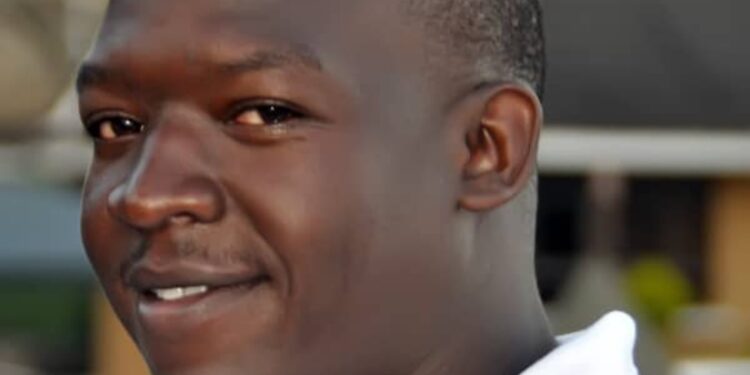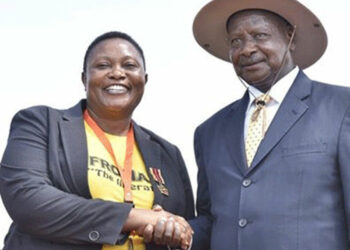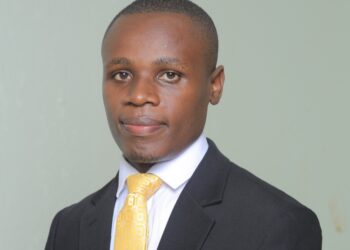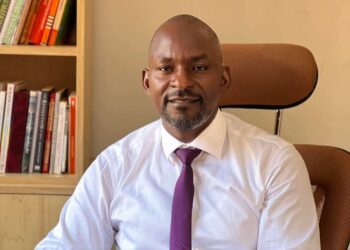National Resistance Movement (NRM), Uganda’s longest-serving ruling party, came to power on January 26, 1986, after a fierce and determined liberation struggle. Once referred to as “abayekera” (rebels), the movement transformed into a government built on principles that many Ugandans found refreshing and revolutionary. At the heart of our agenda was the Ten-Point Programme, a comprehensive plan meant to guide national reconstruction and social justice. It spoke of democracy, security, economic transformation, and unity—goals that resonated deeply with a country emerging from years of turmoil.
Indeed, in our nearly four decades of leadership, NRM has recorded considerable progress. Peace and stability, once elusive dreams, are now realities for most Ugandans. Infrastructure has been steadily improved, institutions rebuilt, and the economy, once in shambles, has been given a lifeline. For anyone to deny these achievements would be either short-sighted or deliberately misleading. However, success in the past does not guarantee survival in the future, particularly if a crucial demographic—Uganda’s youth—is sidelined.
According to the Uganda Bureau of Statistics (UBOS), over 75% of Uganda’s population is under the age of 30. This staggering figure paints a clear picture: Uganda is a youthful nation. More significantly, the majority of us we were born during the NRM era. We have known no other government, and our aspirations now form the cornerstone of Uganda’s political and economic future. As Nelson Mandela once said, “There can be no keener revelation of a society’s soul than the way in which it treats its children.” In Uganda’s case, we the children, are now energetic, ambitious youth demanding a seat at the table.
The recent by-election in Kawempe North, where NRM fronted a youthful candidate—daughter to Hajji Moses Kigongo, the party’s National Vice Chairman—speaks volumes. It underscores the generational shift that is happening before our eyes. Many young people, including the children of revolutionaries, now seek to actively participate in governance, not as spectators but as players.
To his credit, President Yoweri Kaguta Museveni, affectionately referred to as “Jajja,” has made some commendable steps in this direction. Several youthful leaders now hold prominent government positions.
Hon. Phiona Nyamutoro serves as the State Minister for Energy and Mineral Development; Hon. Lillian Aber as Minister of State for Relief, Disaster Preparedness, and Refugees; Balaam Barugahara as the Minister of State for Youth and Children Affairs; Hajjat Hadijah Namyalo as the Senior Presidential Advisor on Political Affairs and Head of ONC; and Hajji Faruk Kirunda as the Deputy Presidential Press Secretary.
The appointment of youthful RDCs, RCCs, and their deputies, as well as the strategic roles held by young officers within the security forces—most notably Gen. Muhoozi Kainerugaba, now Commander of the Defence Forces—signal a growing recognition of the youth’s role in national development. Yet, despite this progress, more deliberate action is needed. It should not only be about appointments but creating inclusive systems that mentor, empower, and transition the next generation into positions of leadership.
In other parts of Africa, the winds of change are similarly blowing. In Kenya, President William Ruto’s government has tapped into youth energy by appointing several youthful Cabinet Secretaries and Principal Secretaries. Senegal recently elected 44-year-old Bassirou Diomaye Faye as president, highlighting the growing appeal of youth-led governance across the continent. Closer to home, Rwanda’s President Paul Kagame has implemented robust youth engagement programs that have propelled his country’s development trajectory.
In Uganda, however, there’s a growing sentiment among us the young people that our potential is being stifled. This frustration, if not carefully managed, may evolve into resentment. As the Baganda proverb wisely puts it, “Akabwa keweyolela kekakuluma entegetege”—it is the dog you raise yourself that ends up biting you, especially if it is neglected or mistreated.
Many young Ugandans are flocking to opposition parties, not necessarily out of ideological conviction, but because these platforms offer them space to lead, speak, and act. The National Unity Platform (NUP), led by Robert Kyagulanyi Ssentamu (Bobi Wine), is a glaring example. The party’s appeal lies in its inclusive youth-driven approach. Ironically, many of these young opposition leaders are products of NRM’s long-standing governance—educated in its schools, raised under its peace, yet now rebelling against its perceived exclusivity.
Therefore, this should be a wake-up call. NRM must break down more barriers and build stronger bridges between generations.
Let the elders not view us the youth as threats, but as successors, torchbearers of a legacy that started in Luweero but must now be sustained in Kampala and beyond. A wise African proverb states, “A child who is not embraced by the village will burn it down to feel its warmth.” Let Uganda not walk that path.
In conclusion, NRM must actively widen its doors for youth inclusion—not just in words or token gestures, but through deliberate, institutional reforms. Let mentorship replace marginalization. Let legacy be passed on, not locked away. As the late Mwalimu Julius Nyerere aptly said, “Youth of Africa, you are the custodians of our independence.” Let us empower them to secure and shape Uganda’s future.
For God and My Country.
Phillip R. Ongadia -NRM Mobilizer
Do you have a story in your community or an opinion to share with us: Email us at editorial@watchdoguganda.com












